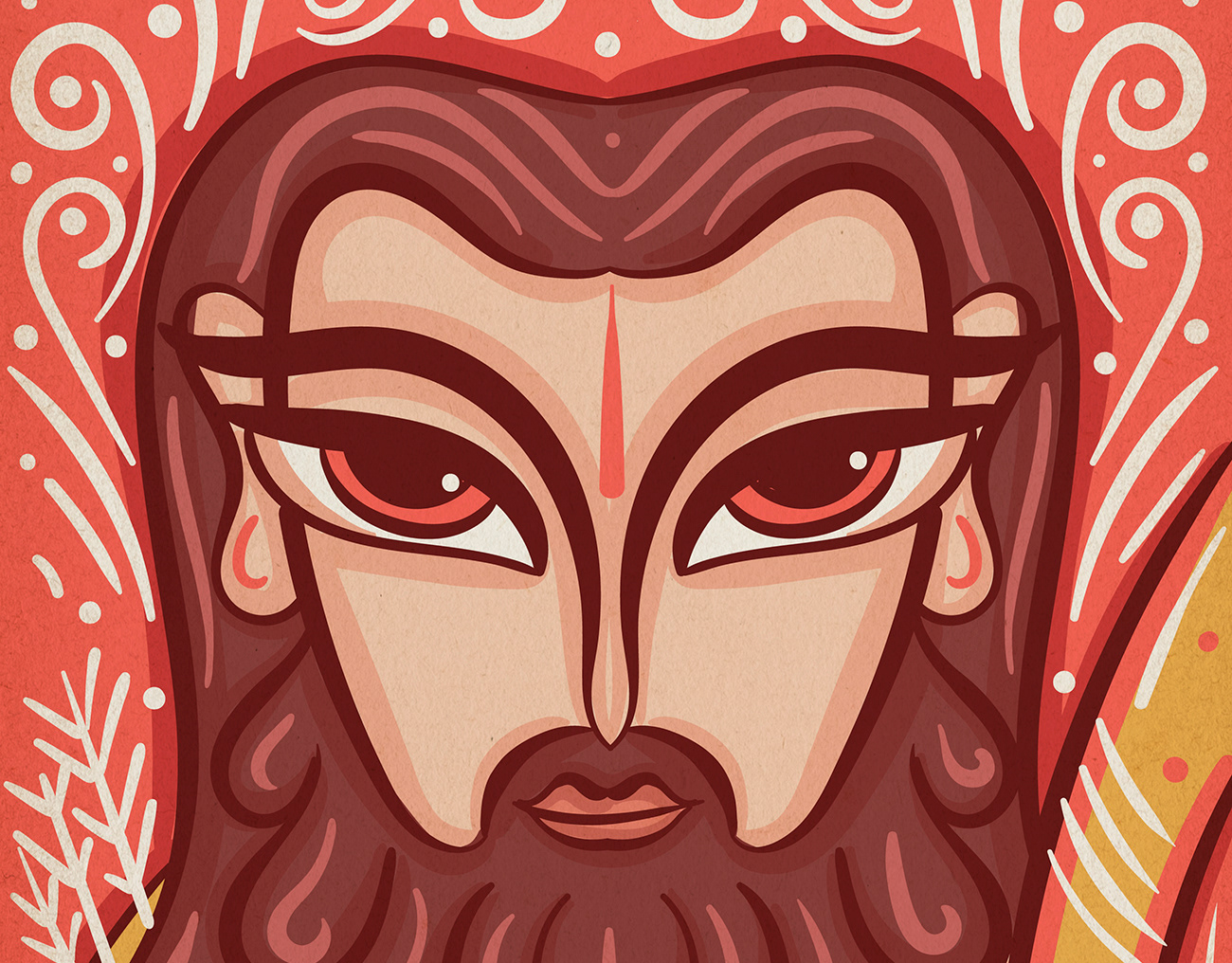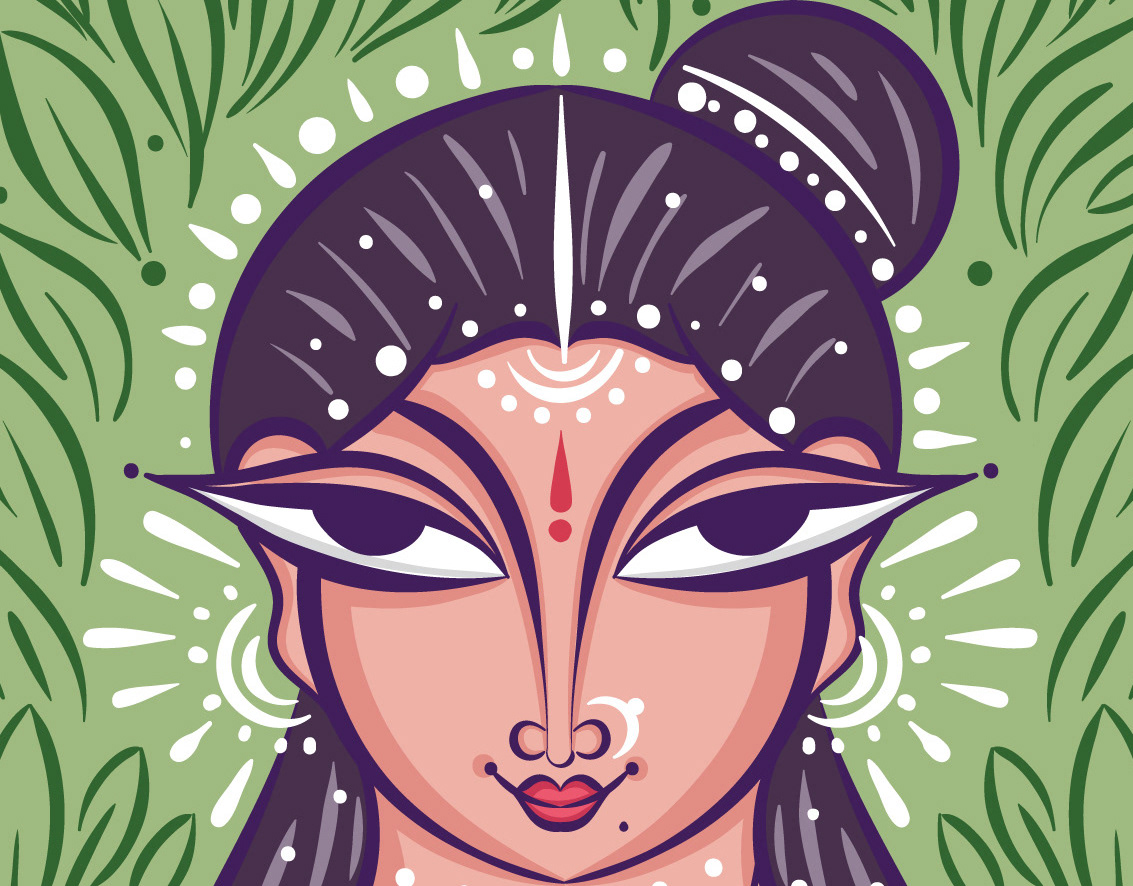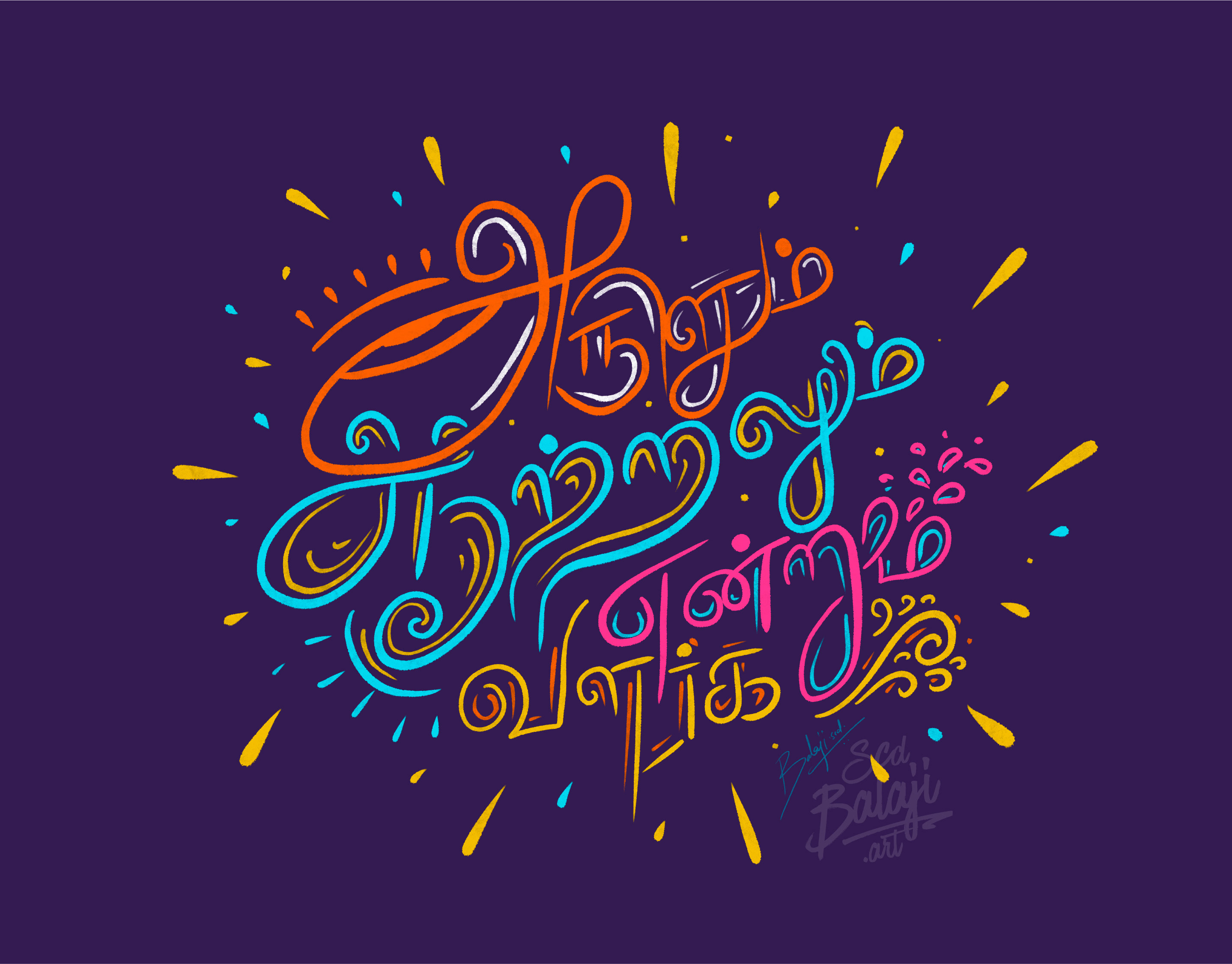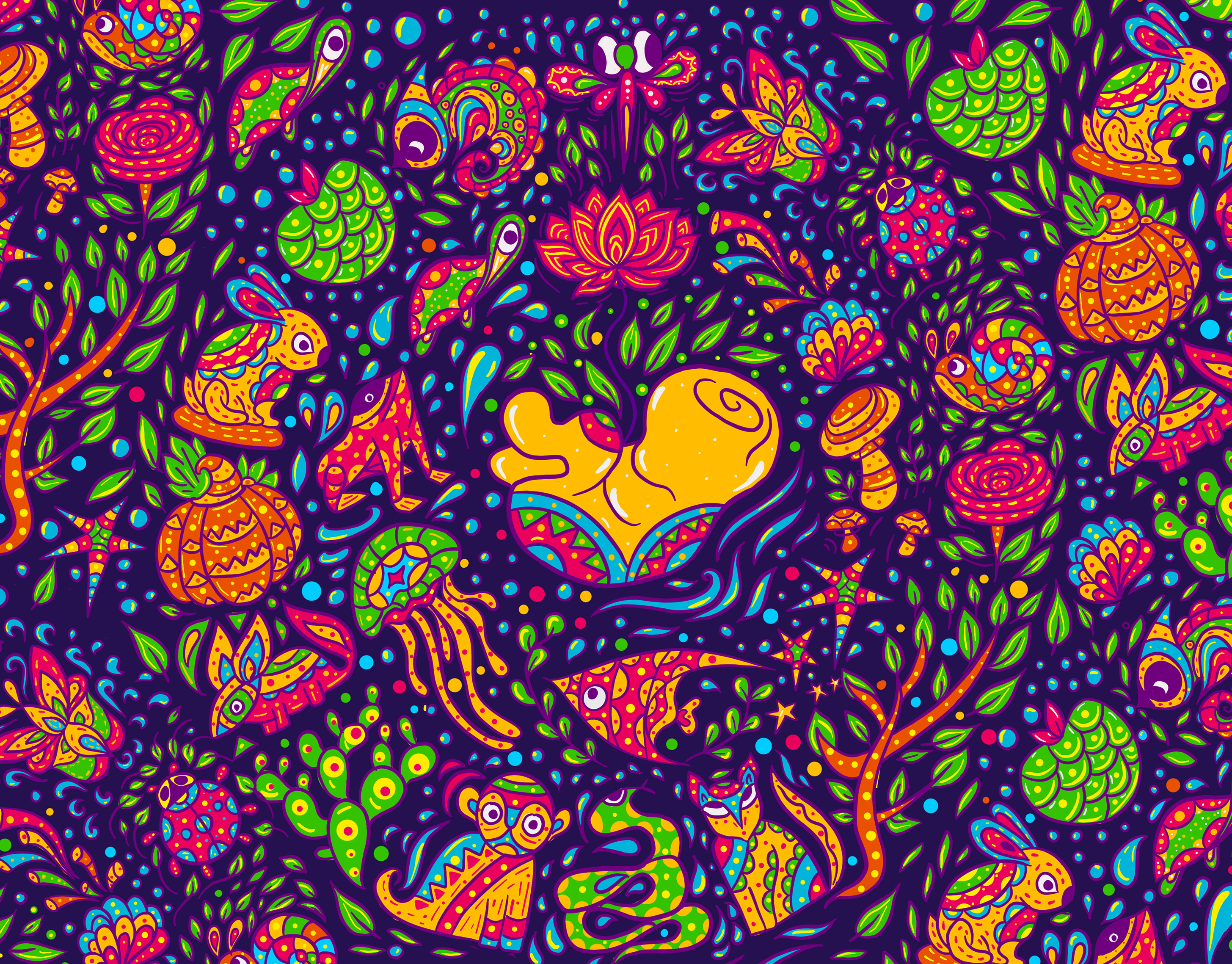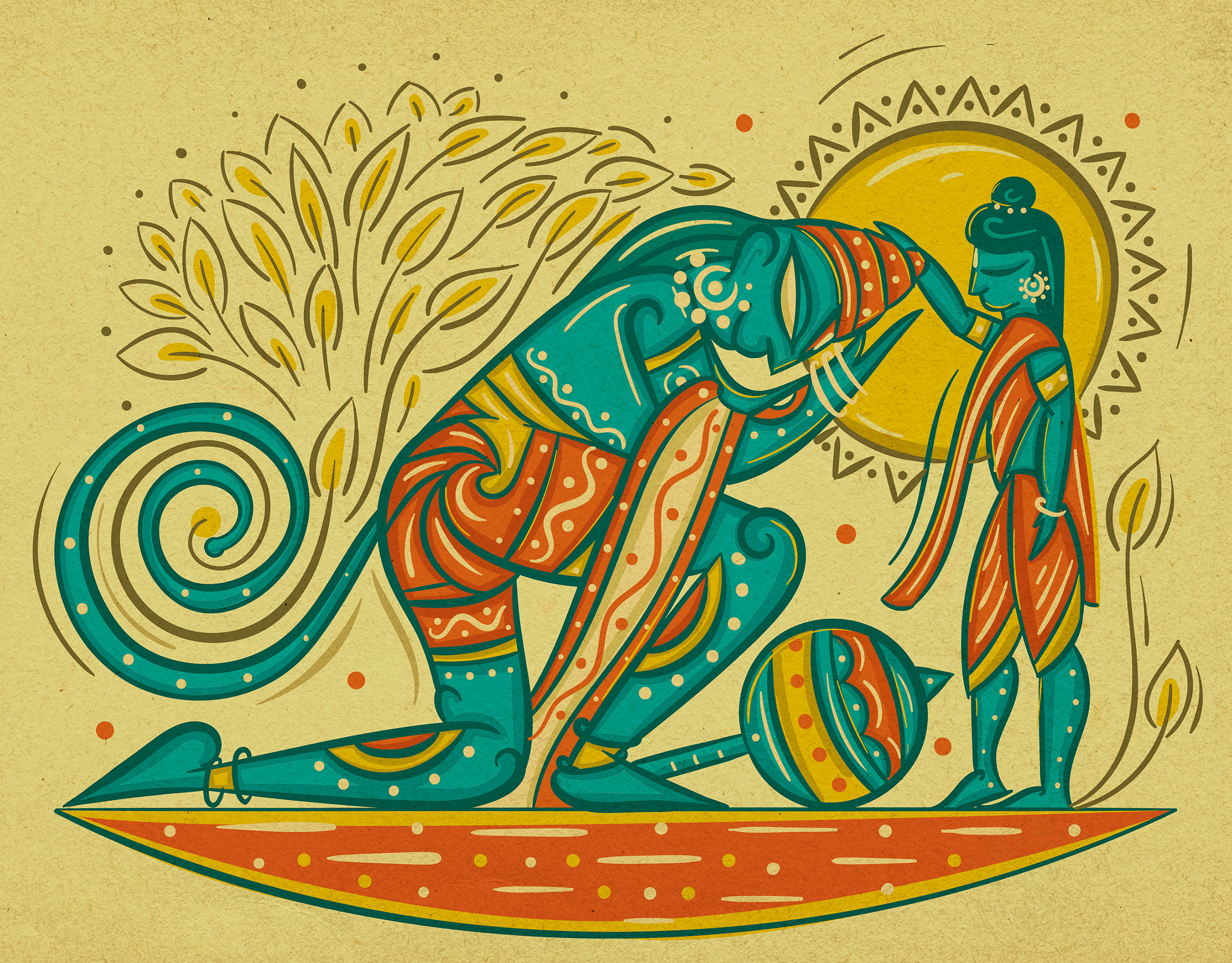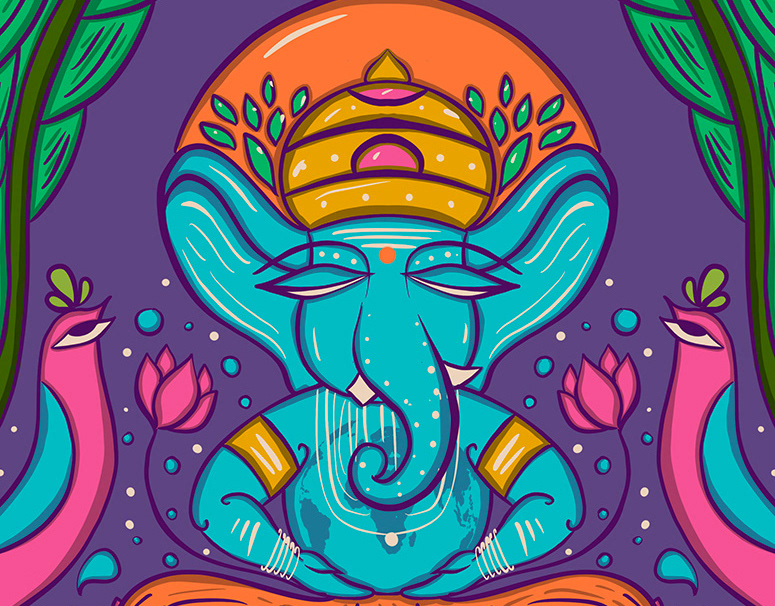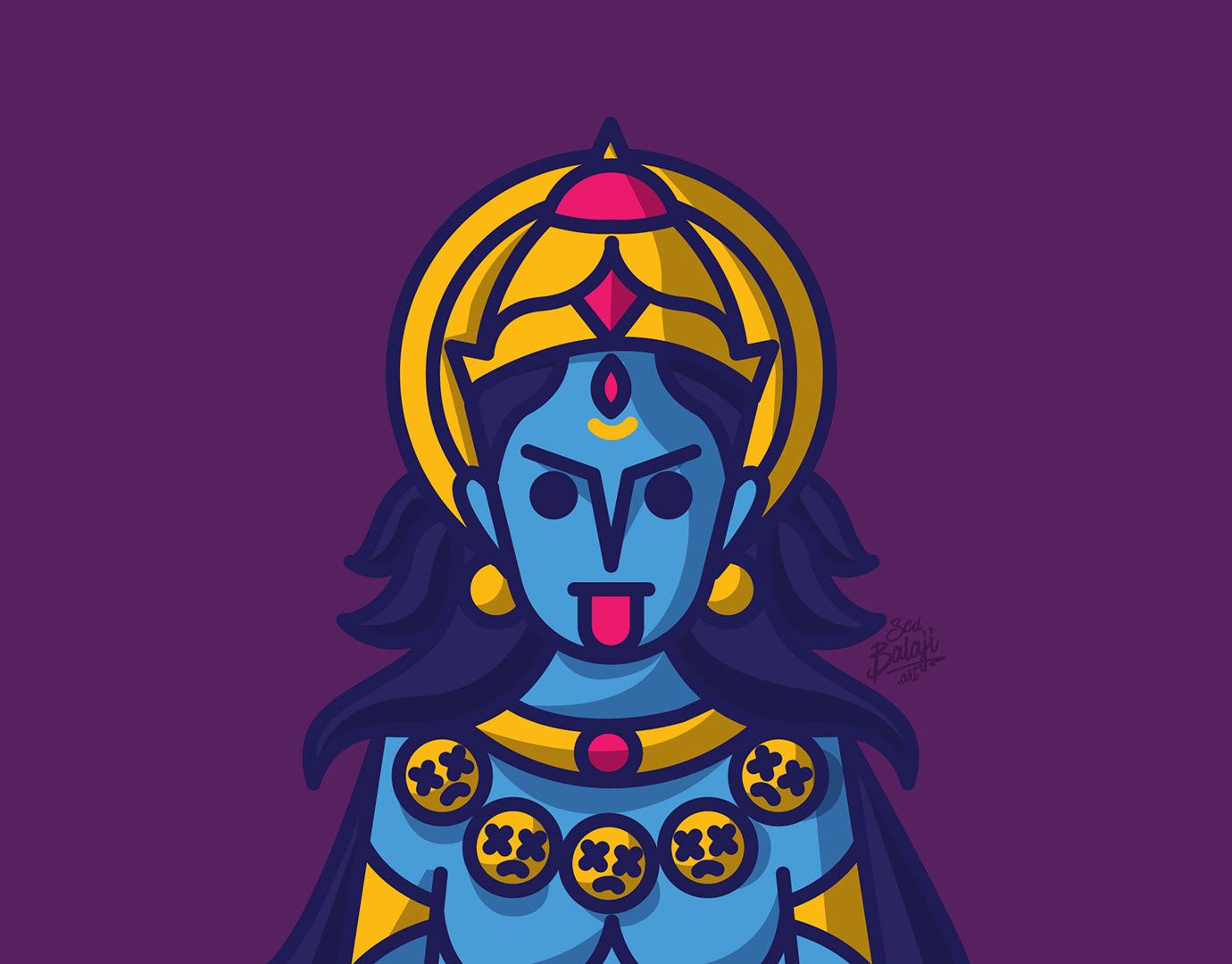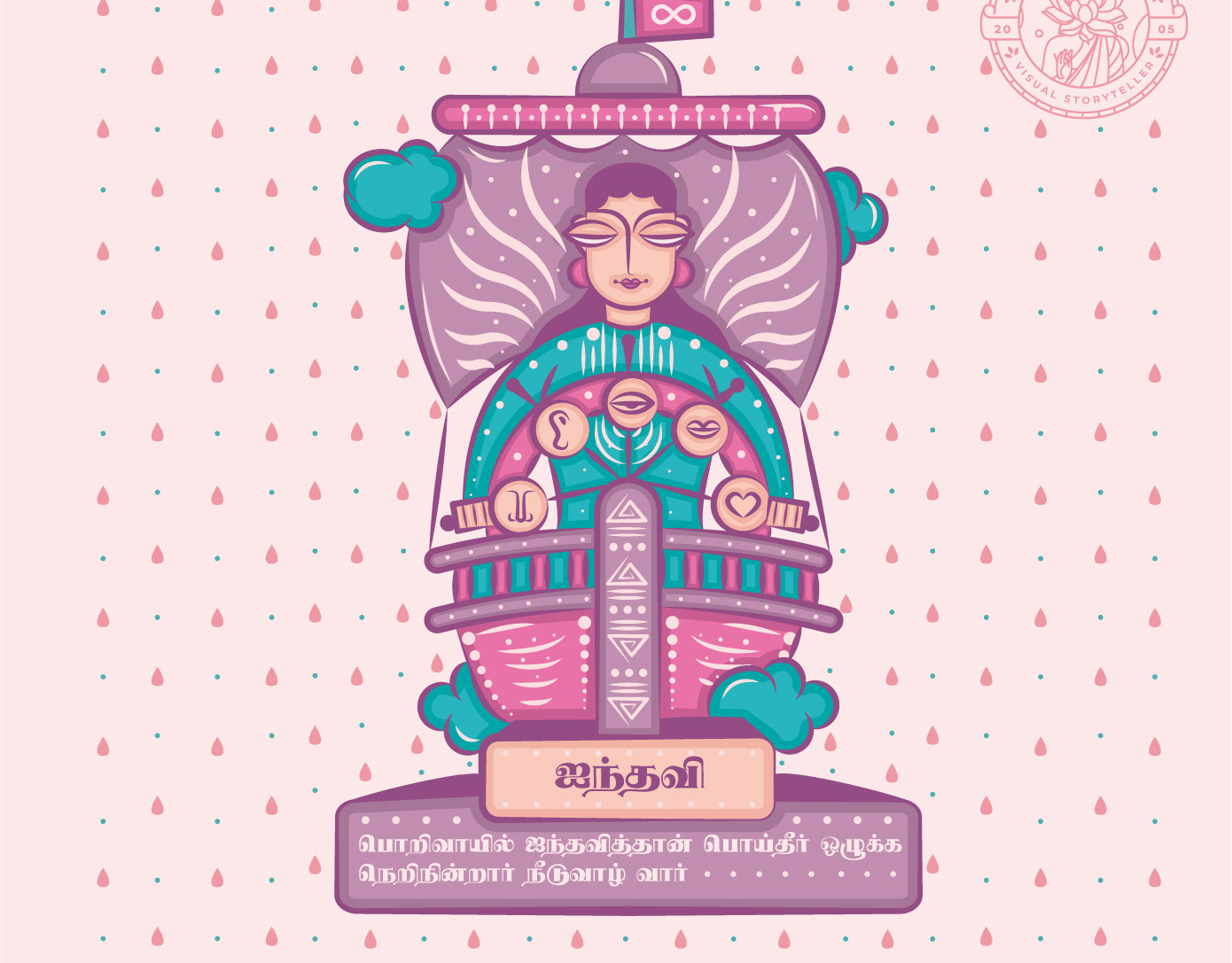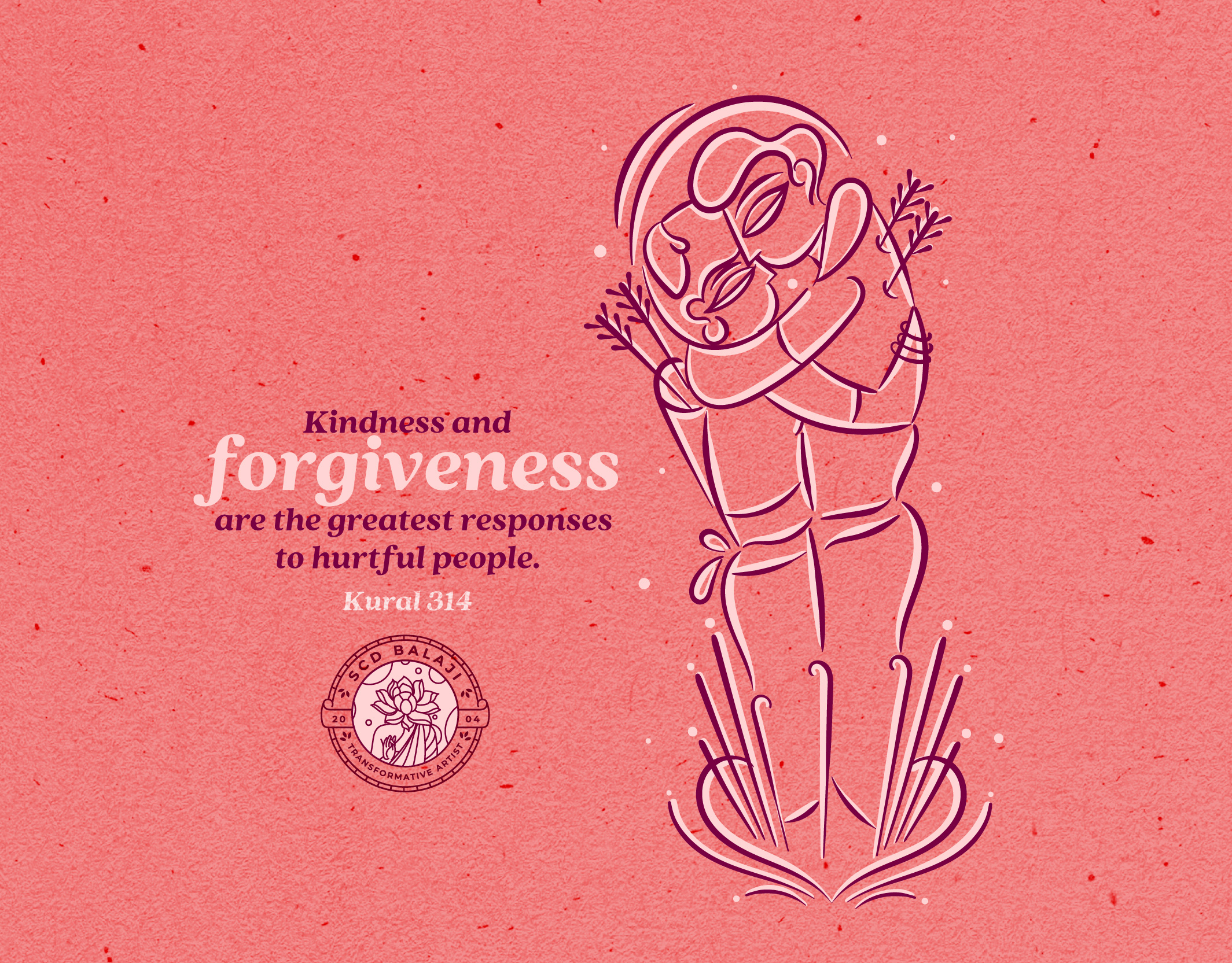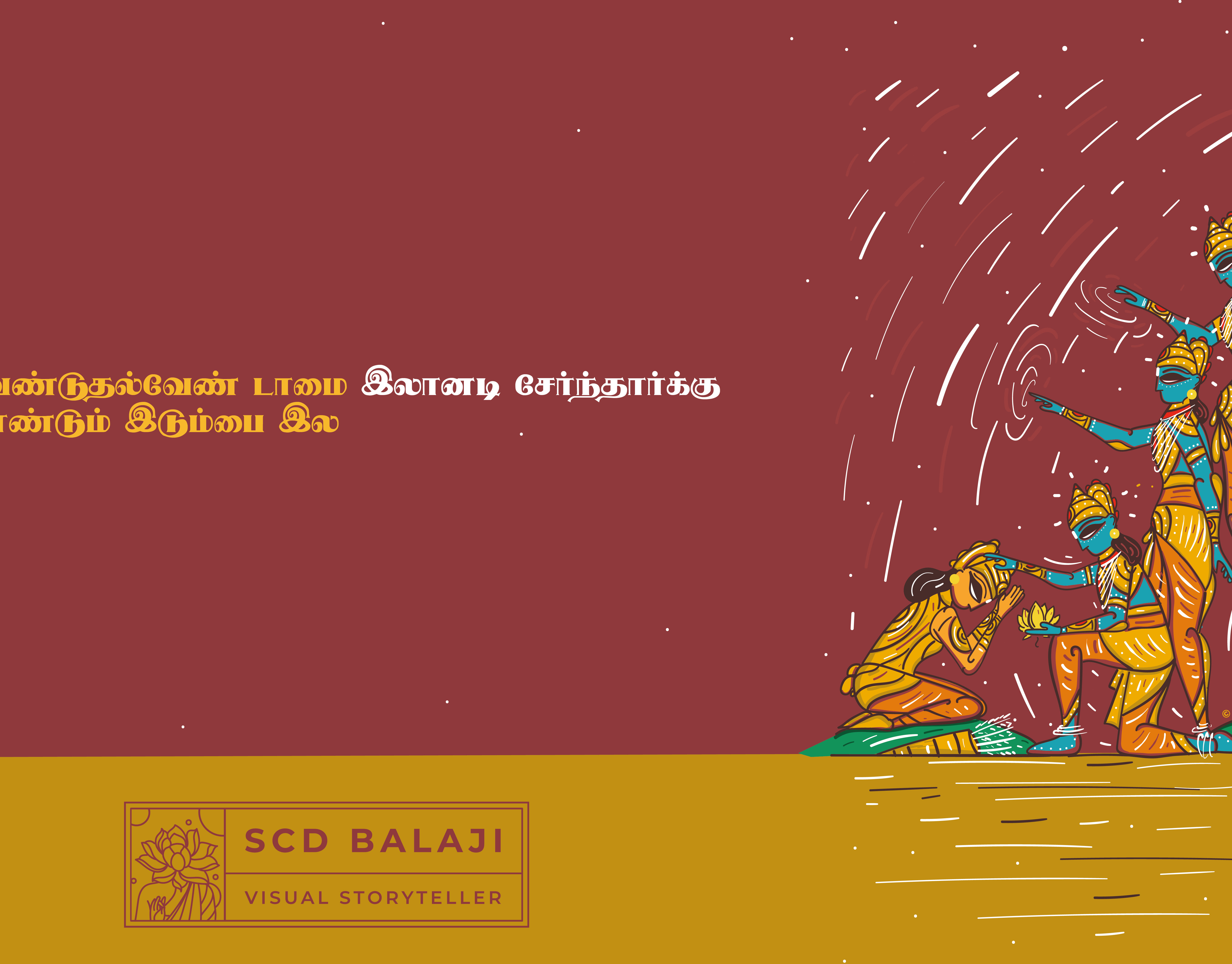In this Matangi Goddess series, I will retell many unheard legends of Matangi and some of Indian mythology's multiverse facts.
Matanga Muni, a devotee of Lord Shiva who lived in the southern Indian forest of Kadambavanam in Madurai, is credited with inventing the seven basic notes of Indian classical music. He also played a role in the Legend of Lord Hanuman. Due to a curse, Matanga Muni could only accept food that had been tasted by a child. When Lord Shiva and Parvati visited him, they asked Hanuman to taste the food, which pleased Matanga Muni. In return, he blessed Hanuman with long life, immortality, and great powers.
Matanga Muni is revered for his wisdom, devotion and contributions to Indian classical music.
Matangi is a Hindu goddess who is associated with music, knowledge, and speech. She was one of Matanga Muni's disciples and is sometimes referred to as the "outcast goddess." Matangi was sculpted as a forest dweller girl by Matanga Muni when she was still a child, known as Bala Matangi.
Matangi is known for bestowing blessings related to education, speech and artistic abilities, especially upon those who are treated as outcasts and mediocrities. She is often metaphorically referred to as Matanga's daughter, which reflects the close bond between a spiritual teacher and disciple.
Matanga Muni, a devotee of Lord Shiva who lived in the southern Indian forest of Kadambavanam in Madurai, is credited with inventing the seven basic notes of Indian classical music. He also played a role in the Legend of Lord Hanuman. Due to a curse, Matanga Muni could only accept food that had been tasted by a child. When Lord Shiva and Parvati visited him, they asked Hanuman to taste the food, which pleased Matanga Muni. In return, he blessed Hanuman with long life, immortality, and great powers.
Matanga Muni is revered for his wisdom, devotion and contributions to Indian classical music.
Matangi is a Hindu goddess who is associated with music, knowledge, and speech. She was one of Matanga Muni's disciples and is sometimes referred to as the "outcast goddess." Matangi was sculpted as a forest dweller girl by Matanga Muni when she was still a child, known as Bala Matangi.
Matangi is known for bestowing blessings related to education, speech and artistic abilities, especially upon those who are treated as outcasts and mediocrities. She is often metaphorically referred to as Matanga's daughter, which reflects the close bond between a spiritual teacher and disciple.
Illustration Style:
Introducing Neo Bengal Folk Art - a modern take on Bengal Pattachitra, inspired by Jamini Roy's work. My Illustrations feature thick and thin outlines, vivid colours, and intricate motifs. I aim to bridge the gap between the old and new, honouring our cultural heritage and pushing the boundaries of creativity.
Indian Folk Art 365:
Be part of Indian Folk Art 365 and help rediscover traditional art styles! We're creating awareness and preserving these precious art forms for years to come. Our programmes equip younger generations and art enthusiasts with ancient folk art forms, allowing them to make a difference and contribute to the renaissance of Indian Folk Visual Arts!
Explore more Indian Folk Illustrations at www.artpreneur.in

